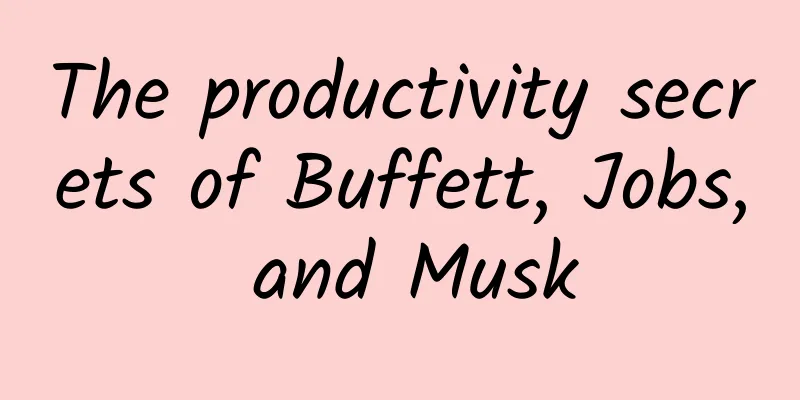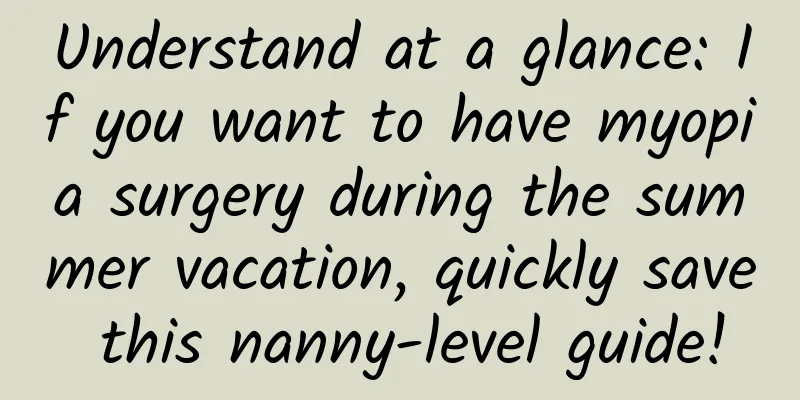The productivity secrets of Buffett, Jobs, and Musk

|
Being a CEO of one company is not easy, and managing two or three companies at the same time requires a lot of energy. If you always complain about not having enough time, think about how those who are in charge of several companies at the same time do it. We can learn a lot from these outstanding CEOs to improve efficiency. Here are the productivity secrets of 5 of them. Jobs In the fall of 2007, Yahoo CEO Jerry Yang wanted Apple CEO Steve Jobs to help his company out of trouble. Jobs gave Yahoo executives a simple but profound piece of advice. Jobs said that many companies would list 10 things to accomplish in the next year, but "smart companies will reduce the list to three or four." During his second tenure at Apple, Jobs instilled this philosophy in the company's top talent. Every year, Jobs would spend three days discussing company strategy with the company's top 100 employees. On the first day of the discussion, Jobs would put a whiteboard in front of the employees and write down what Apple would do next. Then Jobs would cross out the ideas he thought were stupid, and then delete the last seven items on the final list. Jack Dorsey Similar to Steve Jobs, Jack Dorsey was exiled from the company he founded for 7 years. Now he is finally the CEO of Twitter again, so he is the CEO of two companies at the same time (the other one is Square). His plan is to work 8 hours a day at each company. His productivity secret is: What I find works for me is to have a theme for each day. On Monday, I focus on management and operations of both companies. On Tuesday, I focus on product. On Wednesday, I focus on marketing, communications, and growth. On Thursday, I focus on developers and partners. On Friday, I focus on the company, culture, and recruiting. On Saturday, I go out and relax. On Sunday, I spend time on reflection, feedback, strategy, and preparing for the next week. Carlos Goshn Carlos Ghosn is the CEO of Nissan and Renault, and the chairman of Russian automaker AvtoVaz. When talking about how to manage three companies in different countries, he revealed a key point: the schedule is arranged more than a year in advance: I know where I'm going to be and what I'm going to do for the next 15 months. This is not just for me, but mainly for the people who work for me. They know when I'm in Tokyo, when I'm in Paris, when I'm in New York, so they can plan their own schedule. Elon Musk After leaving PayPal, Elon Musk started electric cars and rockets. As the CEO of Tesla and SpaceX, his secret weapon is email. "I write a lot of emails - I'm very good at emails. That's my core competency," Musk joked at a conference in 2013. He constantly strives to optimize his time: I think it's very important to have a feedback loop so that you can constantly think about what you did and how to do it better. I think this is the only best advice: keep thinking about how to do better and keep asking yourself questions. Buffett Buffett, who has been one of the richest men in the world and the most successful investor of the 20th century, revealed the secret of his success to his flight instructor, Mike Flint. He first asked Flint to write down his top 25 career goals, which Flint took some time to write down. Then Buffett asked Flint to look at the 25 goals again and circle the top 5. Flint spent some more time looking over the list and finally determined the 5 most important goals. Buffett then asked him about the second list, "What do you think of the ones you didn't choose?" Flint replied, "The first five are my focus, but the other 20 goals are close behind. Those are still very important, so I will do them from time to time when I think the time is right. Those are not urgent, but I still plan to reserve some energy for them." Buffett responded: No. You're wrong. The things you didn't circle have become your Avoid-At-All-Cost list. No matter what, you don't need to focus on those things until you succeed in your top 5 goals. This brief conversation led to Buffett's famous "2 lists" strategy. |
<<: Android screen adaptation - just read this article
>>: The evolution of programmer communication in the post-IT era
Recommend
A cool QR code generation project
Another beautiful day! A while ago, I planned to ...
More information about Audi's new Q3 revealed: Will it be equipped with three cylinders?
Previously, we have exposed the concept image of ...
Korean cars are in decline, THAAD can't take the blame
South Korea's insistence on deploying the THA...
Bad breath, is it all caused by Helicobacter pylori?
In the eyes of some people, Helicobacter pylori i...
How can brands operate Bilibili well?
Enterprise accounts are an important platform for...
In order to maintain their beauty, flamingos can actually put on their own makeup!
There are not many animals that have become inter...
Is staying up late really that unhealthy? Actually...
Hello, this is Science Popularization China. Toda...
Appendix, wisdom teeth, coccyx...Why do humans always have some strange evolutionary remnants?
© Getty Images Leviathan Press: It's said tha...
International Day Against Drug Abuse and Illicit Trafficking丨How do drugs “kidnap” our minds?
Drugs not only damage physical health, but also l...
These "villain" animal professionals are all natives from South America
"The cunning fox took the poisoned apple bor...
Luxury cars enter the mid-range market
The 17th Shanghai International Automobile Indust...
40th Anniversary Walkman: NW-ZX505 Hands-On Review
For all music enthusiasts, Sony's Walkman ser...
WordPress video tutorial course on building a foreign trade website from scratch
WordPress video tutorial course on building a for...
The cold winter of mobile phone manufacturers: Samsung loses its large-screen advantage and Lenovo struggles to transform
After four or five years of rapid development, ma...
A universal model for online traffic diversion in training institutions
Before writing this article, I asked the heads of...









